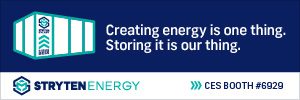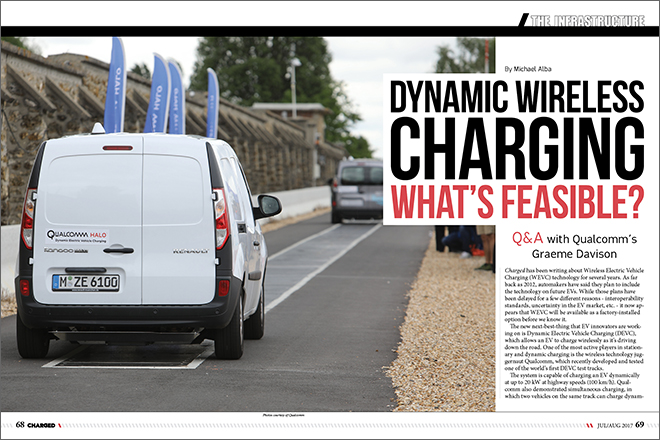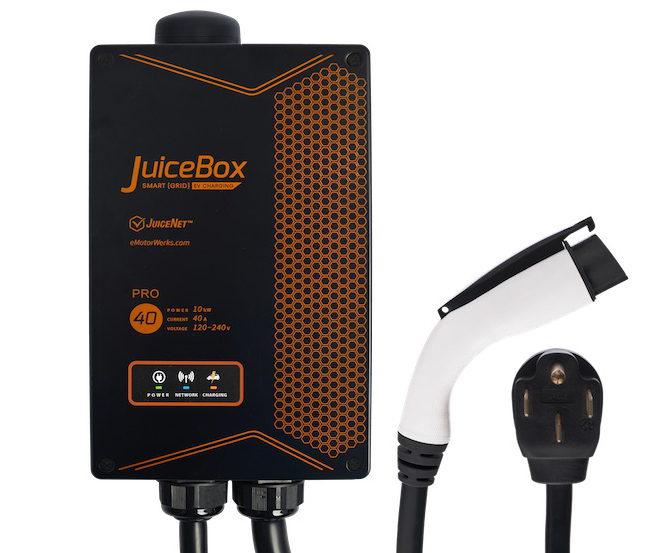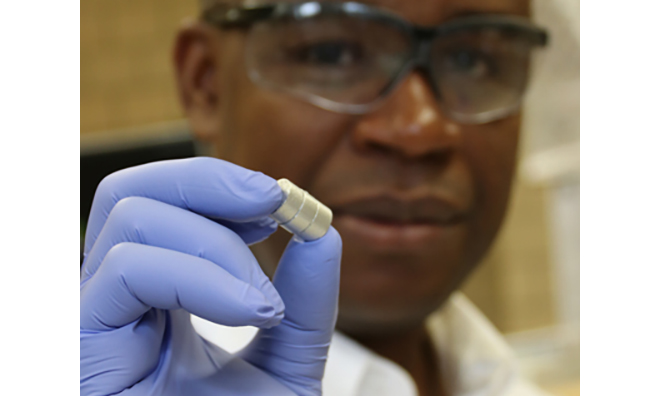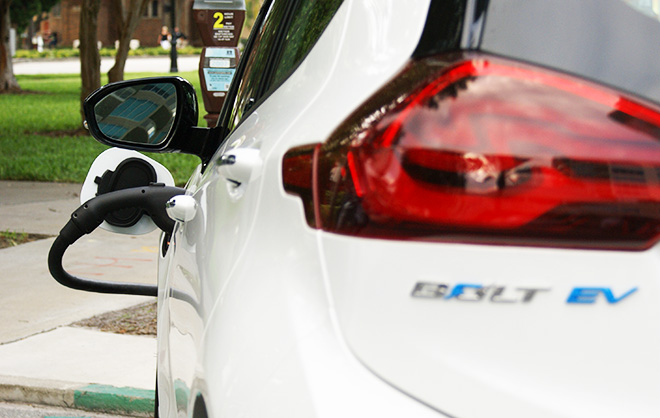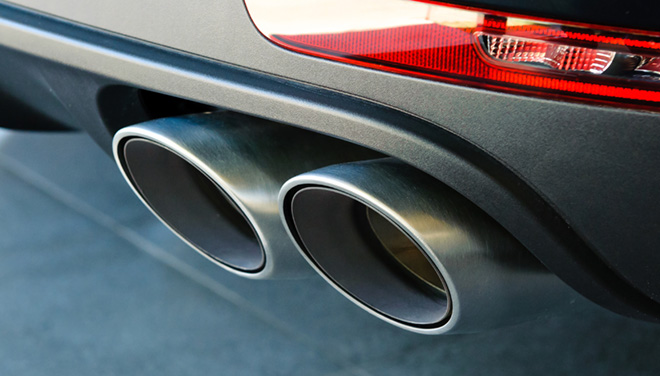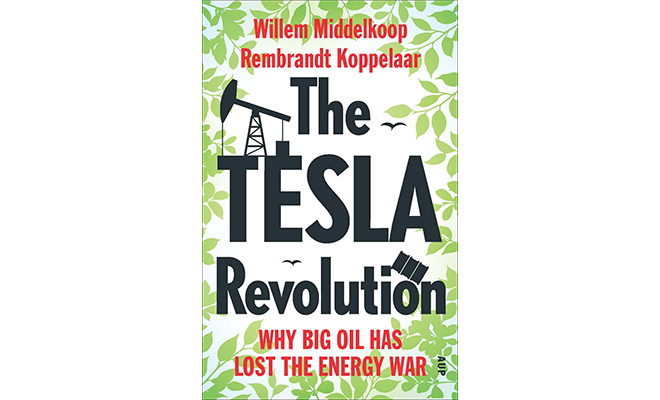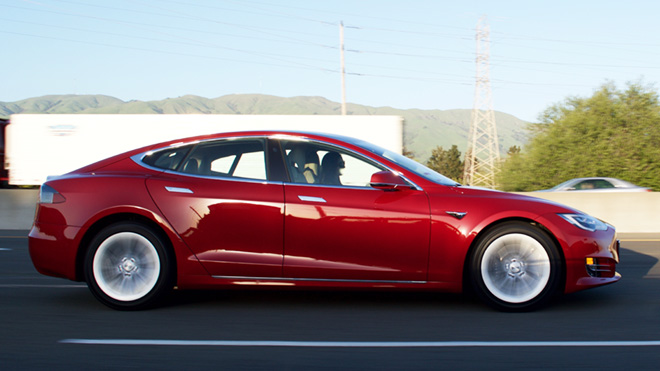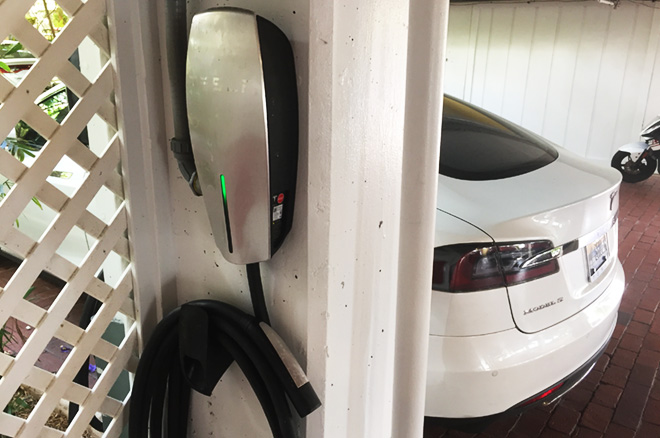Charged has been writing about Wireless Electric Vehicle Charging (WEVC) technology for several years. As far back as 2012, automakers have said they plan to include the technology on future EVs. While those plans have been delayed for a few different reasons – interoperability standards, uncertainty in the EV market, etc. – it now appears… Read more »
Search Results Found For: "DOE "
eMotorWerks increases revenue from utility grid services, reduces prices on EV charging stations
eMotorWerks doesn’t just sell charging stations – the company’s JuiceNet platform offers a range of smart charging features that benefit not only EV drivers but also grid operators and utilities, which can use EVs as a resource to improve load distribution and grid stability. The company has succeeded in monetizing the services it offers to… Read more »
Critical Materials Institute manufactures an all-American rare-earth magnet
As rare-earth magnets are used in an increasing number of modern technologies, the ability to produce them domestically could be important for national security. Now the Critical Materials Institute, a DOE Innovation Hub, has fabricated a batch of magnets entirely from domestically sourced and refined rare-earth metals. The Idaho National Laboratory sourced the raw materials… Read more »
New study: V2G may not degrade EV battery life – it might actually extend it
Vehicle-to-grid (V2G) technology could turn the challenge of EVs’ power consumption into an opportunity, allowing vehicle batteries to help balance electrical grids and facilitate the use of renewable energy. Alas, a recent study from the University of Hawaii suggested that the additional cycling could harm battery performance. Now a study from the University of Warwick… Read more »
Automakers want to keep existing CAFE standards (but extend the deadline)
Automakers have expended much time and treasure lobbying for government fuel efficiency standards to be watered down. Now it appears that they aren’t interested in scrapping the current standards altogether, but only in extending the deadlines for them to be applied. The US administration has announced that the EPA will reopen the midterm evaluation of… Read more »
Book review: The Tesla Revolution – Why Big Oil is Losing the Energy War
The Tesla Revolution presents an overview of the impending transformation of the world’s transformation and energy systems. Some may find the title a bit of a misnomer – this isn’t a book about Tesla, but rather about the much broader topic of electromobility and renewable energy. However, to a remarkable extent, Tesla has been, and… Read more »
UK environmental group calls for a better government plan to tackle air pollution
England’s Chartered Institute of Environmental Health (CIEH) has criticised the central government’s air quality plans for unfairly shifting the burden to local authorities. According to CIEH, the government has failed to recognise that poor air quality is a national issue, offloading responsibility onto local authorities, who are being set up for failure if proposed plans… Read more »
New factory could supercharge Tesla’s Chinese fortune
After a slow start, Tesla’s sales are starting to take off in the world’s largest auto market. The company sold 10,400 vehicles in China in 2016 – triple the previous year’s figure – and sales for the first three months of 2017 have put it on track to double that this year. China represented around… Read more »
Tesla pays for Destination Chargers that charge other automakers’ EVs
In addition to its Superchargers, Tesla has been installing Level 2 Destination Chargers at locations such as hotels and restaurants – over 5,000 so far. Tesla installs the chargers for free, and the host covers the electric bill. In the US, Tesla chargers use a proprietary connector, so theoretically only Tesla vehicles can use them…. Read more »
Two thumbs up for the Chevy Bolt EV
Here at Charged, we usually write about technical matters and industry trends, and leave the car reviews to others. However, after spending a week with the Chevy Bolt EV, I am moved to write not just a review, but a rave. I’ve driven pretty much every EV that’s widely available in the US, and there’s… Read more »






